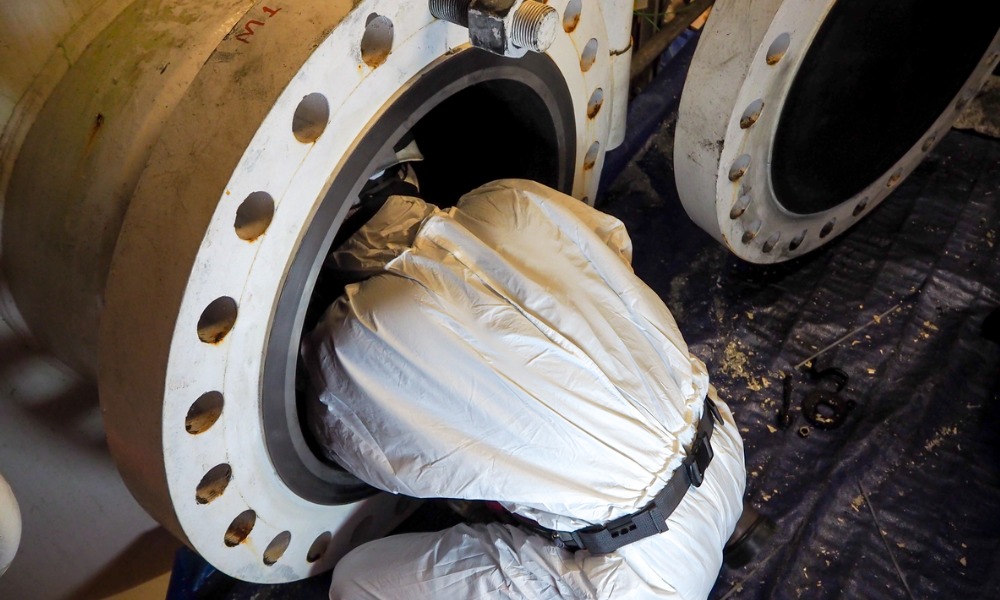Tips to work in tight areas and the essential equipment required

Working in confined spaces comes with inherent health and safety risks, making it imperative for employers and workers to recognize and plan for these environments carefully. A confined space, as defined by regulations such as OSHA's 29 CFR 1910.146, is an area large enough for a worker to enter, but with limited entry and exit means, not designed for continuous human occupancy, and harboring potential hazards.
Before commencing work in confined spaces, thorough hazard identification and assessment are necessary. This process often requires the expertise of safety and health professionals like industrial hygienists. Strict adherence to procedures for confined space entry is crucial, especially when there's foreseeable risk of serious injury.
To ensure worker safety during confined space entry and retrieval, specific equipment is essential. This includes a full-body harness, tripod or davit systems, and appropriate connecting devices. Retrieval systems control descent rates and prevent accidental falls. Additionally, hoists are used to raise and lower tools and equipment, with a mechanical advantage to facilitate rescue if needed.
Tripods and davit arms should be equipped with both a hoist for materials and personnel and a self-retracting lanyard (SRL) for emergency rescue. The SRL's emergency rescue feature allows for the retrieval of entrants without entering the confined space, enhancing safety.
Prior to entering confined spaces, equipment should undergo careful inspection, and all personnel involved in confined space entry, including supervisors, entrants, attendants, and rescue personnel, should receive thorough training. Knowledge of the space's contents and hazards is essential for those authorizing confined space entry.
With more than two million workers entering confined spaces each year, understanding and implementing these safety measures is critical to ensuring their well-being.
Read this article for more information on the requirements for working in confined spaces.





